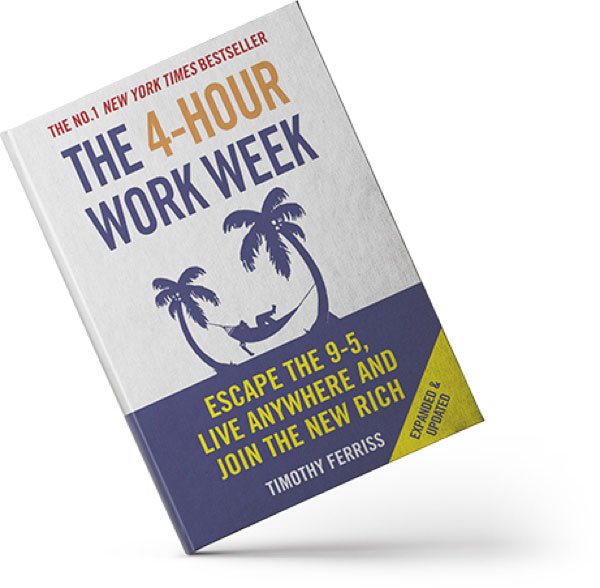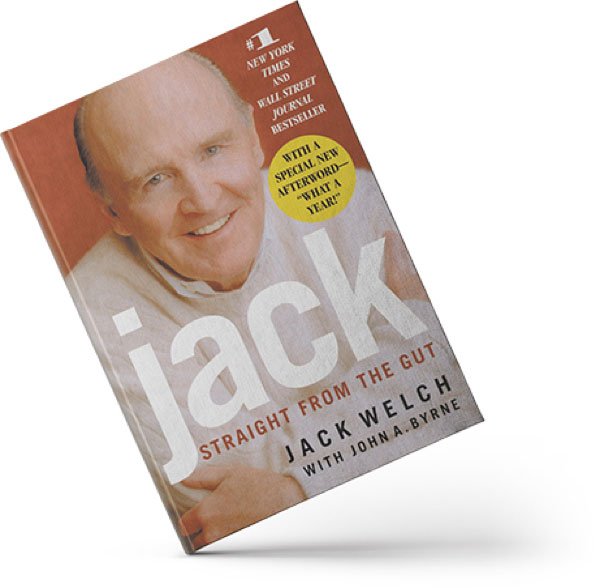The Enterprise Investment Scheme (EIS) is a government-backed tax relief that makes investing in early-stage companies far more attractive.
If you qualify, investors can claim up to 30% income tax relief, plus capital gains exemptions. But the rules are tight – and HMRC are keeping a close eye on the scheme.
Below, our Equity Rewards & Venture Capital Schemes team has broken down the common pitfalls to avoid, key planning tips to consider, and the things to think about if you already have EIS.
As the official EIS Partner for Tech Nation’s Rising Stars programme, the team know the scheme inside out. So, if you have any questions about how you can tap into its benefits, don’t hesitate to get in touch.
EIS: THE COMMON PITFALLS TO AVOID
- Permanent establishment isn’t just a tick-box
The legislation allows for either a fixed place of business or a UK-based agent or employee – but HMRC’s interpretation is shifting.
They increasingly expect to see both. And they’re looking for a genuine UK footprint, i.e., an actual workspace being used by employees, not just a serviced office or registered address.
- Return of capital rights: EIS killer if done wrong
If your Articles give shareholders priority on capital returns, EIS relief could go out the window.
- Shares must be issued after the money lands
EIS relief only applies if new ordinary shares are issued after the investment funds hit your bank account. Don’t forget to update the register of members – HMRC will expect to see it match the timing.
- SEIS and EIS on the same day?
Separate them by at least one day or risk losing SEIS relief. The gross assets limit for SEIS can be breached if all investment is received upfront. So, issue SEIS shares before taking other investments.
- Not all investment instruments play nicely with EIS
EIS is designed for new ordinary shares. Some structures can work, but it’s a minefield. So, before you issue anything that’s not plain vanilla equity, get advice.
EIS: PLANNING TIPS THAT ACTUALLY HELP
- Navigating the Advanced Assurance (AA) Catch-22
Most investors won’t touch a deal without it, but HMRC now only grants AA for actually pledged investment when it comes to individuals. So, you need real interest to apply – but investors want AA before they commit. It’s a tighter loop than ever. The upside is that when HMRC gives AA on a pledged investment, they’re effectively validating the company’s eligibility for EIS. That stamp of approval can make it easier to pull in more investors and obtain further AA down the line. In short, it’s a powerful signal—but you need that first commitment to unlock it.
Too Close to Qualify: The 30% Trap
If an investor – or their “associates” – ends up with more than a 30% interest in your company, they won’t qualify for the main EIS reliefs. HMRC aggregates interests across spouses, parents, children, business partners, and certain trusts. It’s easy to trip over this, especially in early or family-backed rounds. Check the cap table before issuing shares.
- Educate your investors
EIS isn’t just about your company ticking the right boxes – investors need to qualify too. They can’t be connected to the company, and they need to hold the shares for at least 3 years.
- Risk to capital: the gateway to EIS
No real commercial risk? No relief. HMRC wants to see genuine investor exposure and a clear growth ambition. Your company must be aiming to develop and grow over the long term – not just survive or coast. If the business looks too safe, or the return too guaranteed, EIS won’t apply.
- Your business model matters
HMRC wants to see a credible plan to scale and how the money is being spent.
- Sector sensitivity. It’s a thing
The legislation behind EIS includes a list of excluded trades – banking, insurance, property development, leasing, energy generation. That list isn’t exhaustive. If your business touches any of the excluded areas, qualifying gets harder. You’ll need to fall within an exemption – or show the exclusion doesn’t apply.
ALREADY GOT EIS? THINGS TO THINK ABOUT
- Don’t drift from your qualifying trade
Your company must continue carrying on a qualifying trade throughout the 3-year period. If you’re planning to pivot or diversify, get advice first. A change in trade could cost you the relief.
- Watch non-trading activities
HMRC looks at the full scope of what your company does – not just the headline trade. If you’re a single company, non-trading activities must be next to nothing. If you’re part of a group, different tests apply but the risk still stands. Either way, monitor carefully.
- Watch out for “receipt of value”
Repaying capital or giving benefits to EIS shareholders can trigger a clawback of reliefs.
- Exit timing matters
Investors need to hold shares for 3 years – a premature exit will cost them their relief.
- Use of funds matters
EIS money must be spent within 2 years on qualifying activities – think growth, not acquisitions.
- Build the team that delivers
Securing EIS funding is a huge step – but now the real work begins. If you’re aiming to hit those growth and development targets, it’s worth thinking about how you’re incentivising the people who’ll get you there. Share schemes and equity rewards can be powerful tools to attract, retain and motivate talent – especially in early-stage businesses. And yes, they can work alongside EIS if structured right.
WANT TO KNOW IF YOUR COMPANY QUALIFIES FOR EIS?
Our Equity Rewards & Venture Capital Schemes team helps clients navigate the EIS and SEIS landscape with confidence every day. If you want to check your eligibility and make sure your structure stacks up, don’t hesitate to get in touch.


















